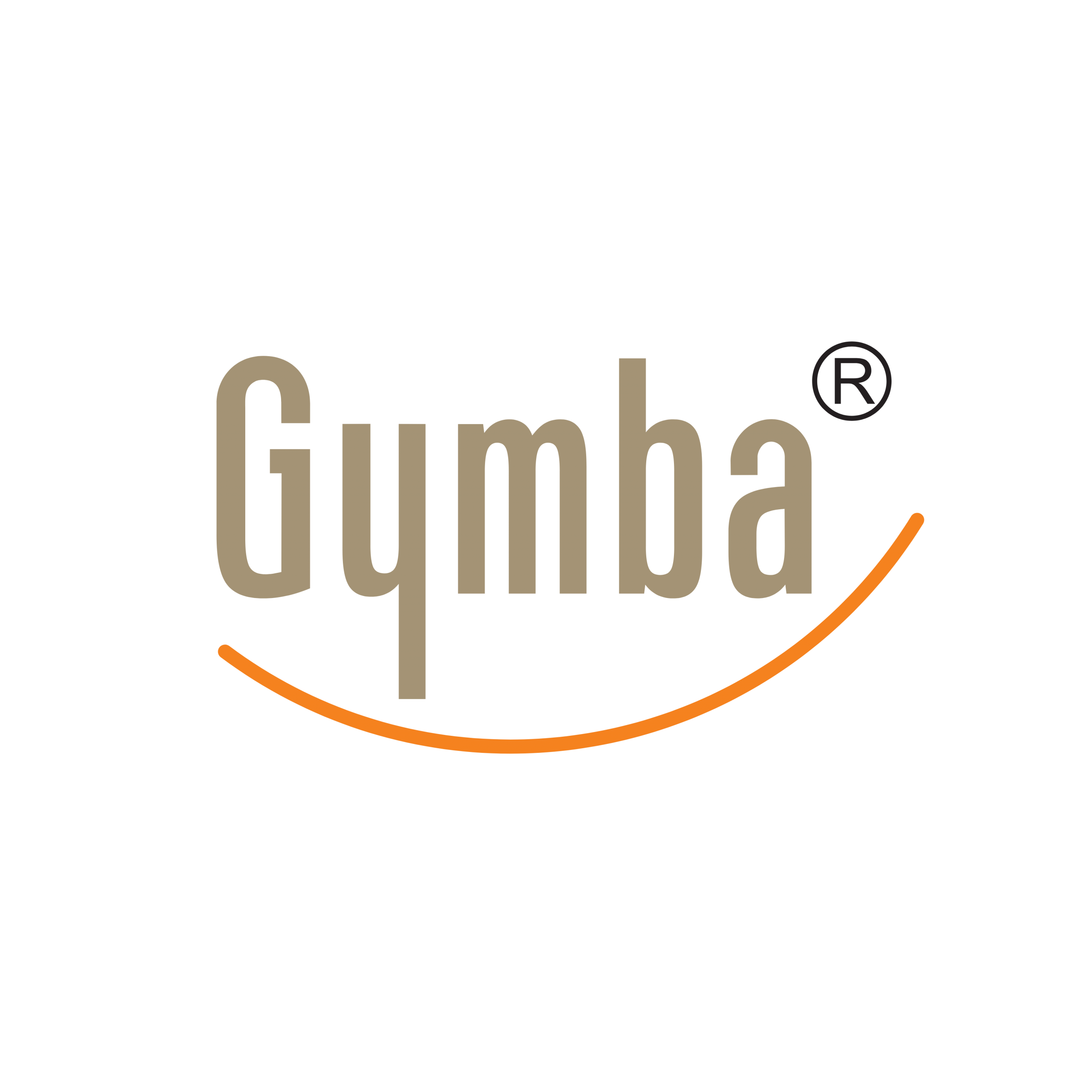Feeling stiff after hours at your desk? You’re not alone. The modern work environment often ties us to our desks for hours on end, leading to physical discomfort and decreased productivity. The good news? Just five minutes of targeted movement can make a world of difference. In this guide, we’ll explore ten simple yet effective desk exercises that require minimal space and time but deliver significant benefits for your body and mind. These quick routines can help reduce lower back pain, improve circulation, and boost your energy levels throughout the workday.
Why movement matters during your workday
Our bodies aren’t designed for prolonged sitting. When we remain stationary for hours, blood circulation slows, muscles become tense, and energy levels drop. Research consistently shows that sitting for extended periods is linked to numerous health concerns, including lower back pain, neck tension, and decreased metabolic function.
Even brief movement breaks can trigger positive physiological changes. When you move, your body pumps fresh blood and oxygen to your brain and muscles, releases mood-enhancing hormones, and resets your posture. These small interventions can prevent the physical discomfort that often accumulates during a workday.
Regular movement also helps maintain the natural balance in your body. Just as balance board training improves stability and posture, consistent micro-movements throughout your workday help maintain proper muscle engagement and joint mobility, preventing the imbalances that lead to chronic pain.
How can these 5-minute exercises benefit you?
Incorporating short exercise breaks into your workday offers impressive returns for minimal investment. Here’s what you can expect:
- Improved circulation: Brief movement sessions get your blood flowing, delivering oxygen and nutrients to tired muscles and organs.
- Reduced muscle tension: Targeted stretches release tight muscles in your neck, shoulders, and back that become constricted during computer work.
- Enhanced posture: Movement breaks remind your body of proper alignment, counteracting the forward-head and rounded-shoulder position many adopt at their desks.
- Increased energy levels: Physical activity, even in short bursts, boosts your energy more effectively than caffeine.
- Better focus and productivity: Movement increases blood flow to your brain, improving cognitive function and concentration.
- Stress reduction: Physical activity releases endorphins, your body’s natural stress relievers.
The cumulative effect of these short breaks can be transformative. While each individual session might seem small, the compound benefit over days and weeks leads to meaningful improvements in how you feel and perform.
10 Easy Desk Exercises You Can Do in 5 Minutes
- Seated Spinal Twist: Sit tall, place your right hand on your left knee, and gently twist to the left. Hold for 15-30 seconds, then switch sides. Great for relieving lower back tension.
- Shoulder Rolls: Roll your shoulders forward 10 times, then backward 10 times to release upper back and neck tension.
- Ankle Circles: Lift one foot off the floor and rotate your ankle 10 times in each direction. Switch feet and repeat to improve circulation.
- Seated Leg Extensions: Sit tall and extend one leg until straight, hold for 5 seconds, then lower. Repeat 10 times on each leg to engage your quadriceps.
- Wrist Stretches: Extend one arm, palm up, and gently pull fingers back with your other hand. Hold 15-30 seconds, then switch hands to prevent carpal tunnel issues.
- Neck Tilts: Gently tilt your ear toward your shoulder, hold for 15-30 seconds, then switch sides to relieve neck strain.
- Seated Hip Stretches: Cross one ankle over the opposite knee and gently press down on the raised knee for 15-30 seconds. Switch sides to open tight hips.
- Chair Squats: Stand up and sit down 10-15 times without fully resting on your chair to strengthen your legs and boost circulation.
- Desk Push-ups: Place hands on the edge of your desk, step back, and perform 10-15 push-ups to engage your chest, shoulders, and core.
- Seated Core Rotations: Sit tall, place hands on opposite shoulders, and rotate your torso side to side 10 times to engage your core and improve spinal mobility.
When should you do these desk exercises?
Timing is everything when it comes to integrating movement into your workday. Here are strategic moments to incorporate these five-minute exercise breaks:
- After completing a significant task or project milestone
- During conference calls when you’re primarily listening
- When you notice signs of discomfort, stiffness, or decreasing focus
- Between meetings as a mental reset
- Using the Pomodoro technique: 25 minutes of work followed by a 5-minute movement break
The goal is to make movement a natural part of your work routine rather than an interruption. By linking exercise breaks to specific triggers in your day, they’ll become habitual over time.
For optimal health benefits, aim to move at least once every hour. Even standing up and sitting down a few times can reset your posture and circulation when you’re particularly busy.
Common challenges and simple solutions
While the benefits of desk exercises are clear, several common barriers can prevent people from incorporating them consistently:
| Challenge | Solution |
|---|---|
| Feeling self-conscious | Start with subtle exercises that don’t draw attention. Focus on movements that look like natural stretching or can be done seated. |
| Forgetting to move | Set gentle reminders on your phone or computer. Some apps are specifically designed to prompt movement breaks. |
| Lack of motivation | Partner with a colleague for accountability. Schedule movement breaks in your calendar like any other important meeting. |
| Too busy | Remember that even 30 seconds of movement is better than none. Identify exercises you can do during regular activities like phone calls. |
Remember that consistency matters more than perfection. Even implementing just a few of these exercises regularly will yield benefits over time.
If you’re dealing with persistent lower back pain or other chronic issues, consider consulting with a healthcare professional who can recommend personalised exercises tailored to your specific needs.
At Gymba, we believe that small, consistent movements throughout your day can transform how you feel at work. Our ergonomic desk solutions for better workplace health are designed to complement these exercises by encouraging natural movement and better posture while you work. By combining purposeful exercise breaks with ergonomic laptop stands for improved neck posture, you create an environment that supports your body’s need for movement and balance.

